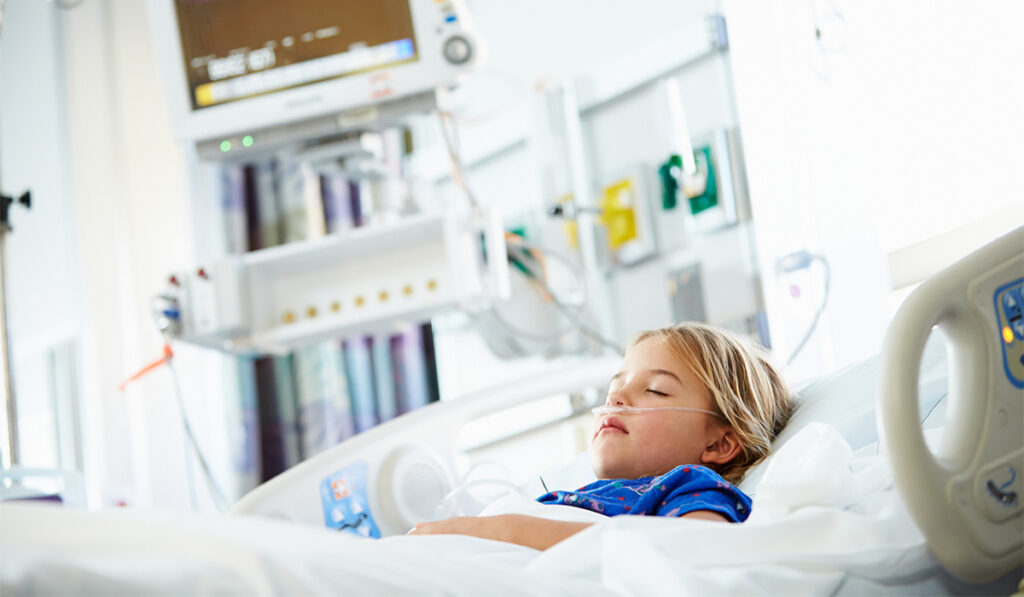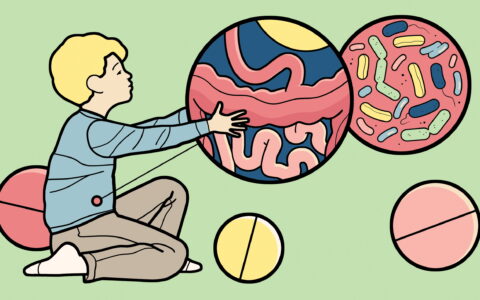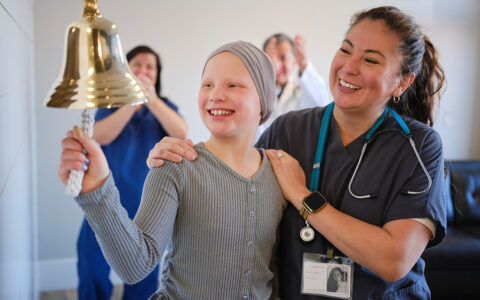While sepsis-related mortality has declined substantially in recent decades, a rise has occurred in the sequalae of sepsis-associated conditions known as PICS, the persistent inflammation, immunosuppression and catabolism syndrome that brings long ICU stays and risk of late-sepsis mortality.
A retrospective pediatric study published in CHEST from investigators at Monroe Carell Jr. Children’s Hospital at Vanderbilt looks at the infectious agents most commonly associated with death from PICS and identifies some of the pediatric populations at highest risk.
Pediatric critical-care specialists Ryan Stark, M.D., and Stephanie Patterson, M.D., led the single-center study, which reviewed data from a span of 23 years to tease out differences in immunogenic phenotype among patients.
“As clinicians, I think we have a tendency to clump patients with sepsis together and apply a one-size-fits-all approach, rather than looking at what makes their sepsis unique,” Stark said. “This may cause us to miss intervention opportunities.”
Homeostasis Out of Reach
PICS is an immunogenic subtype of chronic critical illness with a prevalence of about 5 percent in pediatric ICUs. Among pediatric patients with sepsis, the incidence of immunoparalysis is 39 percent.
The condition often develops after the patient survives an initial severe insult, such as trauma, major surgery, or an infection. What follows is an insidious battle between inflammatory and immunosuppressive forces. This is evidenced by lymphopenia, the hallmark criterion, along with hypoalbuminemia, and elevated acute-phase reactants. Prolonged lymphopenia for more than seven days is associated with 5.5 times greater odds of developing a nosocomial infection.
“Previously it was believed that the inflammatory phase was followed by an immunosuppressive phase in sequence. We now know both are happening at once,” Stark said. “Almost all the energy used to abate the initial insult is going to the proinflammatory arm, so the anti-inflammatory arm stops production, particularly of lymphocytes. When someone doesn’t make it back to homeostasis, that is PICS.”
Cardiac Link
To uncover the prevalence and characteristics of pediatric PICS, the researchers examined de-identified records of 1,703 patients who died from sepsis-related causes in the pediatric ICU between 1997 and 2020. Of those, about a third (557) had culture-positive sepsis, forming the inclusion group for the study. About half of these patients (262) had a PICS immunosuppressive phenotype, as compared with slightly more than half (295) who did not display evidence of immunosuppression during their terminal sepsis event.
“Cardiopulmonary bypass induces that first systemic inflammatory response. They may have in-dwelling monitoring devices and more surgeries, and then an opportunistic infection may take hold, and it’s hard for them to recover.”
Not surprisingly, many of these patients who had PICS had an underlying hematologic or oncologic disease. Surprisingly, however, the highest proportion of patients who died of sepsis with a PICS phenotype was in the cardiac ICU; 78 percent of patients who died of sepsis in the cardiac ICU showed a PICS phenotype during hospitalization.
“The patients we typically see who are the most immunocompromised are cancer patients receiving therapies that cause immunosuppression,” Stark said. “But what the cardiac patients tend to have are repeat surgeries. Cardiopulmonary bypass induces that first systemic inflammatory response. They may have in-dwelling monitoring devices and more surgeries, and then an opportunistic infection may take hold, and it’s hard for them to recover.”
Fungal Threat Looms
Another surprise finding was the significant prevalence of fungal infections, primarily Candida species, in the pediatric PICS group.
Stark expected to see more infections from Gram-negative bacteria that grow in a hospital environment, and while bacterial infections were more prevalent overall, fungal infections were also seen across the board in patients with PICS. As a whole, patients with PICS had a 2.69 increased odds of fungal infection compared with patients who didn’t have a PICS phenotype.
Research on prophylactic antifungal treatment for critically ill adults has been equivocal, as evidenced in the Empirical Antifungal Treatment in ICUS (EMPIRICUS) trial. However, Stark says to ascertain prophylactic benefit for children with PICS, more focused studies are needed.
Help for the Sickest Children
Other research gaps need to be filled, as well, to determine the most effective treatments for children with PICS. Currently, two multicenter clinical trials, GRACE and GRACE-2, are evaluating the use of granulocyte-macrophage colony-stimulating factor (GM-CSF) to improve white blood cell production.
“People have also used interleukin-7 or interferon gamma treatment in some patients with leukopenia to manage sepsis-related immunosuppression, but we just don’t have a silver bullet at this point,” Stark said.
The team also aimed to tease out the impact of a hospital stay on pathogen-associated outcomes, finding no significant differences between those who died in the hospital at any point versus those who died after 14 days of hospitalization.
“Further studies are needed to assess the hospitalization factor and overall prevalence and risks for pediatric PICS and what factors are modifiable to improve outcomes,” Stark said.
“This research provides a key takeaway: that clinicians should be particularly aware of the potential for PICS and fungal infections in children who have had surgery for congenital heart disease or other heart-related conditions, as well as those who have underlying hematologic or oncologic disease.”




